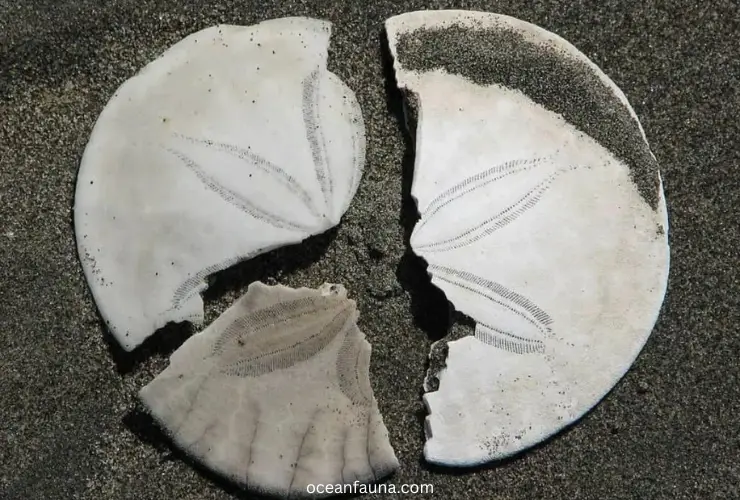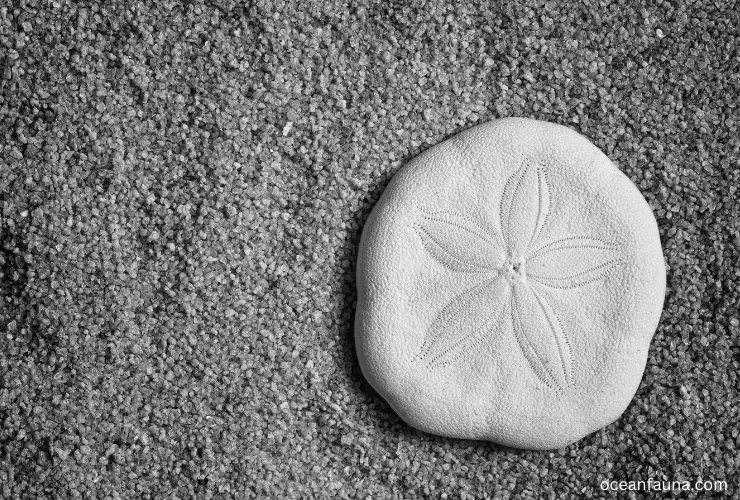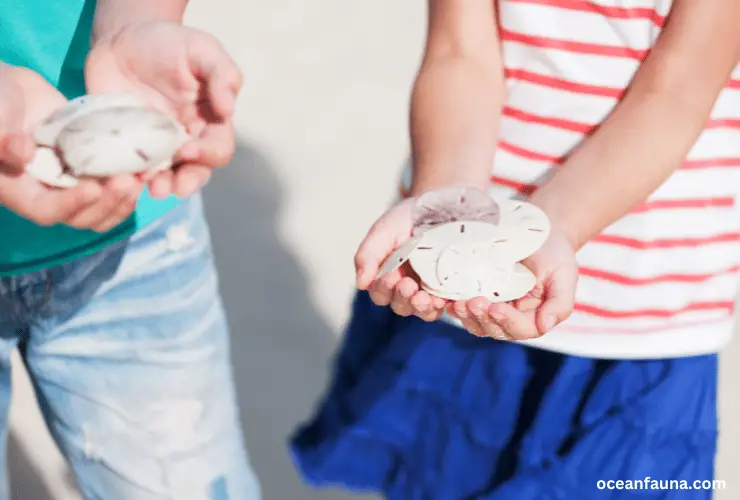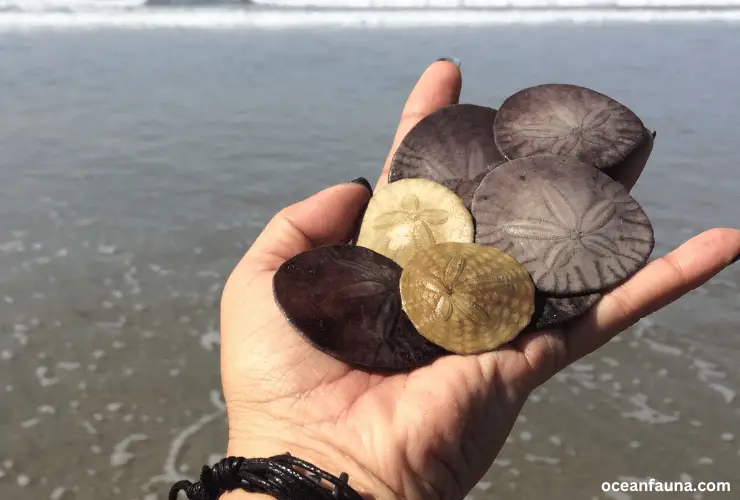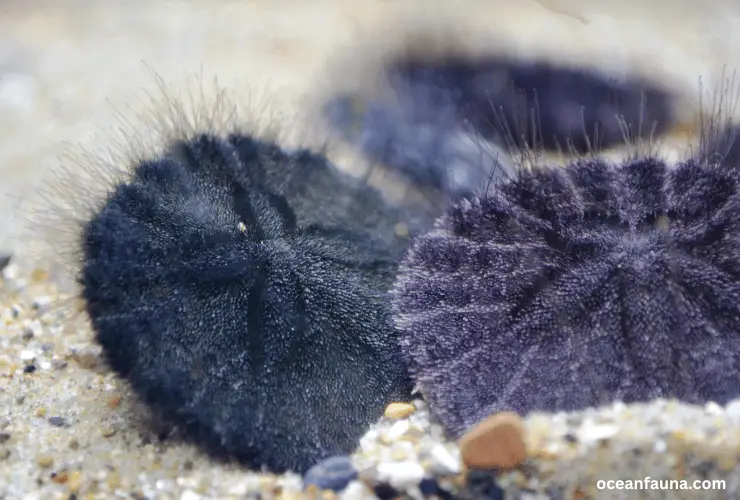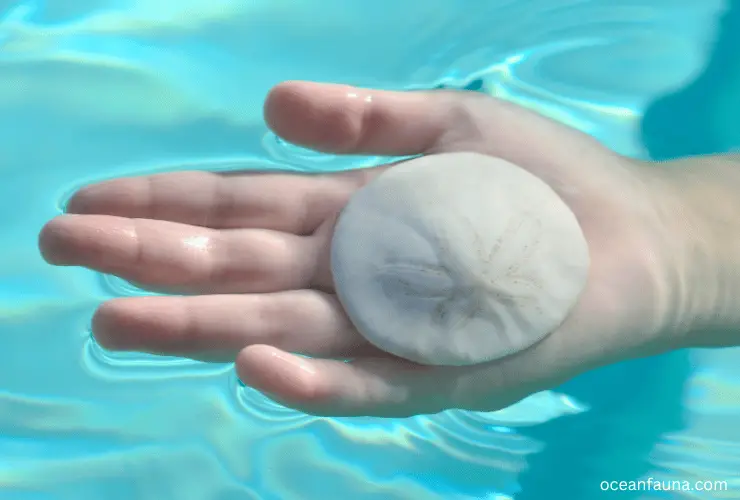What Is Inside A Sand Dollar? Discover Its Anatomy
Sand dollars have a hard outer shell made of calcium carbonate. Inside this shell, there are five tooth-like sections with 50 calcified elements in addition to sixty muscles. They also have complex systems of organs and tissues that allow them to survive. Sand dollars are fascinating creatures found in oceans around the world. They are … Read more

